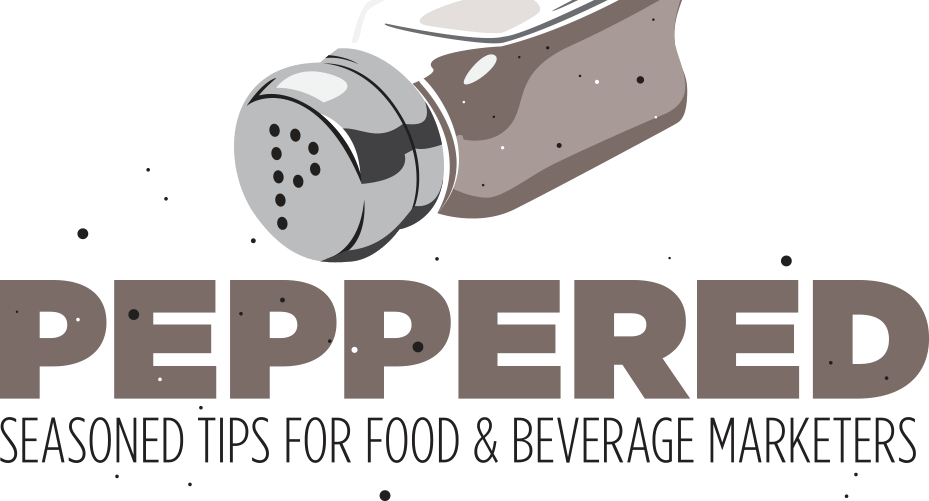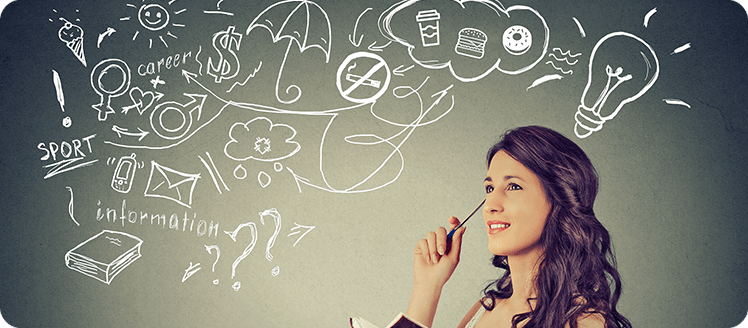Building, Maintaining & Leveraging
Memory Structures
The human brain is complex. So, too, are memories which utilize all of your senses to link and retain information: how things look, sound, feel, taste and smell are all part of it. Current research indicates each element is stored in different areas of the brain. The more sensory details and memories consumers associate with your brand over time, the more likely it is your product will be considered for purchase over a competitor’s and end up in the shopping cart.
DISTINCTIVENESS, REPETITION AND CONSISTENCY ARE KEY:
ALL SUCCESSFUL BRANDS GET THIS.
Thirsty? If you like soda, odds are an ice cold Coca-Cola popped into your head just now, along with fizzing bubbles, the color red, the script logo, the swoosh, even the iconic bottle shape if you’re old enough. Not to mention feel-good memories that you’ve never actually experienced yourself but have seen on TV over and over, like red-cheeked Santas and polar bear families swigging down Cokes while they watch the Northern Lights together. Coca-Cola spent $4 billion globally on advertising in 2016 to keep those memories fresh to ensure consumers recognize and consider their brand.
SO… HOW DOES MEMORY WORK?
Let’s say you see a phone number you want to call. That goes into short-term memory, which can retain 6-7 items for 20-30 seconds. Less is more, which is why phone numbers are split into 3 parts, i.e. 888-123-4567. (It’s also why effective brand taglines contain no more than two thoughts, but that’s another story)
WANT TO REALLY BURN A NUMBER INTO YOUR BRAIN? TRY SETTING IT TO MUSIC:
Who can ever forget Tommy Tu-Tone’s “Eight six seven five, three oh nah-eeh-ay-en” Jenny song, even if they want to? Ah, the wonder of mnemonics.
The takeaway here is the more senses and elements you can link to a memory (your brand, for instance), the stronger that memory becomes… and the more likely it is to be triggered in more people in more buying situations. Why multiple elements?
Simple: to accommodate different learning styles.
Some people never forget a name, some never forget a face. Some react to colors, others respond to texture or scents, still others connect to words that evoke emotions or tweak taste buds with memories of flavors they crave. And as for music (including brand jingles), remember “Eight six seven five three oh nah-eeh-ay-en?”
Jenny, I’ve got your number.
Distinctive brand assets work by creating a direct pipeline to the brain. The more often these brand triggers are accessed and reinforced, the more powerful they are as purchase activators. To quote Byron Sharp from his book How Brands Grow, “A brand’s distinctive devices and sounds are processed very quickly by viewers: they are primarily used for recognition, to help work out what is going on and to assist people’s brains to access and file information.”
People prefer objects and brands that they see more often. Which is why it’s imperative for brand marketers to reach as many people as possible, as frequently as possible. To illustrate, let’s head back to Coca-Cola and the cola category.
Research shows a “typical” Coke customer buys only one or two cans per year on average… about 50% of their customers. Most cola buyers (30%) don’t even buy one Coke per year… although they may buy one every other year. Only 4% of Coke customers buy one or more cans or bottles per week (52+ per year)(25% of their yearly sales), with the rest falling somewhere in between. To Coke, 3+ cans per year is actually a heavy buyer. Surprisingly enough, light/occasional buyers dominate, even with a monster brand like Coca-Cola.
So how does the most valuable beverage brand in the world sell 1.8 billion cans of Coke daily? Mental (and physical) availability: cashing in on the memory structures they’ve carefully built and maintained over the last 130 years.
Brand Coke machines, C-Store and Grocery shelves filled with Coke contour bottles and cans, sky-high stacks of Coke swoosh cartons; heartwarming holiday and Super Bowl commercials, brand jingles capturing the spirit of every generation, and of course, consistent, frequent advertising. It’s no surprise that 96% of the world’s population recognizes the Coca-Cola logo: they’ve earned it.
Have a Coke, smile, and ask yourself; “Do consumers really know me?”







